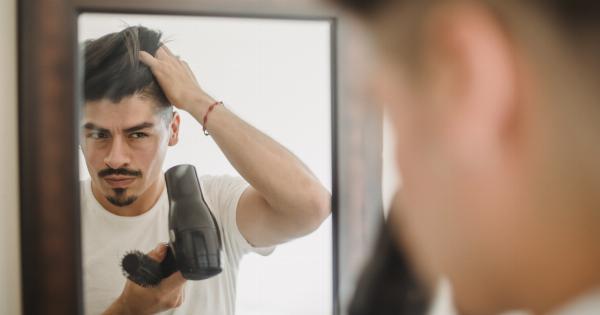Many people around the world find blonde hair attractive and intriguing. It’s said to be one of the rarest hair colours in the world, and it stands out in a crowd.
But what causes some people to be born with this intriguing hair colour? Recently, scientists have identified the gene responsible for producing blonde hair. Let’s explore this discovery in detail.
Blonde hair genetics
The genetics behind hair colour are incredibly complicated, and it’s difficult for scientists to pinpoint exactly what goes on. However, there are a few things we do know about hair colour genetics.
For starters, hair colour is mainly determined by the amount and type of melanin in the hair. Melanin is what determines the colour of our skin, too. There are two types of melanin: eumelanin and pheomelanin.
Eumelanin creates darker colours and pheomelanin creates lighter colours.
Blonde hair is created when there is very little of either type of melanin in the hair shaft and instead a lot of air bubbles. This makes the hair appear more translucent, which results in the blonde colour.
But there is more to it than just this.
Scientists have recently discovered that there is a specific gene that plays a major role in determining whether someone will have blonde hair or not. Let’s explore this discovery further.
The KITLG gene
Recently, researchers from the University of Edinburgh decided to take a look at the genetics behind hair colour again.
They wanted to specifically look at the genetics behind blonde hair and see if they could identify any genes that directly caused it.
After looking at the data of over 300,000 individuals, the researchers were able to identify one gene that played a significant role in determining blonde hair – the KITLG gene.
The KITLG gene is responsible for causing cells in the hair to produce a protein called KIT ligand. This protein is responsible for making hair grow, as well as helping to control the amount and type of melanin produced.
The researchers found that individuals who had a specific variation of the KITLG gene were more likely to have blonde hair.
Interestingly, the researchers also found that this gene variant was more common in people from northern Europe.
This suggests that there may have been some selective pressure in this area of the world that caused this particular gene variant to become more prevalent.
What this discovery means
While this discovery may seem small in the grand scheme of things, it actually has some pretty major implications for our understanding of genetics and how it affects us.
For starters, it helps us better understand the genetics behind something as complicated as hair colour. By understanding this better, we may be able to develop better treatments for individuals who have hair loss or other hair-related conditions.
Additionally, this discovery highlights the variation that exists within human populations. We are all different and have variations in our genes that make us who we are. Understanding these variations can help us better understand humans as a species.
Conclusion
Overall, the discovery of the KITLG gene and its role in causing blonde hair is a significant milestone in our understanding of genetics.
By better understanding the genetics behind something as seemingly random as hair colour, we can gain a better understanding of humans as a species and develop treatments that may help individuals who are struggling with hair-related conditions. It’s an exciting discovery that we’re sure to learn more about in the future.

























